
Have you been along to see our brand new flying display this year? Masters of the Sky is our biggest daily flying display yet! Who better to talk to you all about it than the man who came up with the concept and led the Bird Team (and birds) to creating this incredible spectacle of birds in flight – our Deputy Head of Living Collection, Tom Morath?
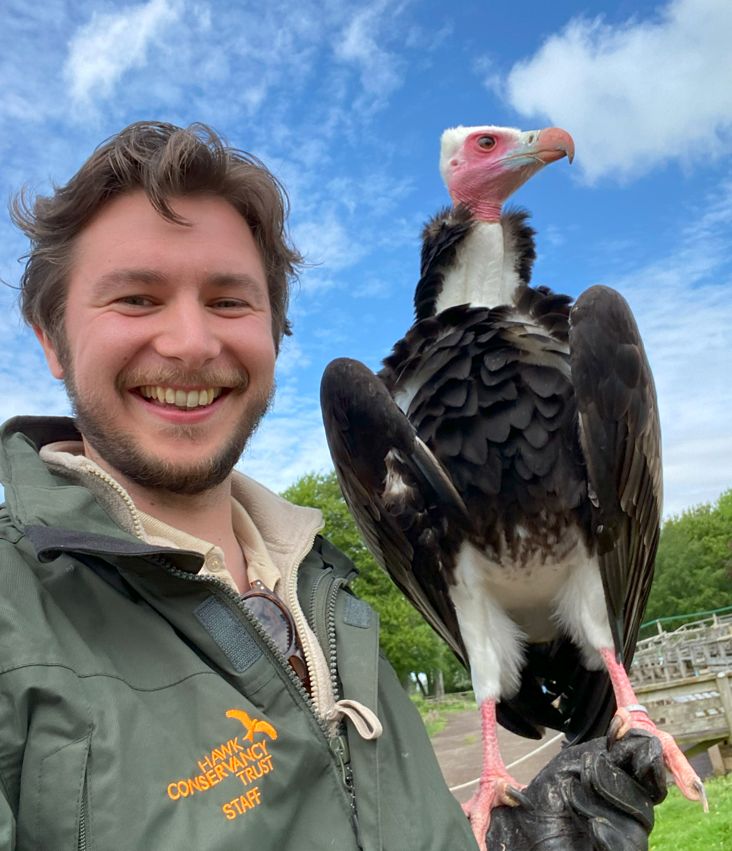
‘At the Hawk Conservancy Trust, we have a mission – to conserve birds of prey. That’s it. It’s that simple. But as simple as it sounds, there’s an awful lot of conserving to be done and almost all of it requires absolute dedication from people with specialised knowledge. We need as many people on board with supporting our mission as possible. It’s up to us to inspire others, with what we’ve learned, to help conserve birds of prey. Sometimes that knowledge is hard to digest – it’s facts and figures, it’s graphs, numbers and statistics that, without sitting down and really concentrating, can be hard going – especially if the conclusions are not good news.
‘The research findings and scientific papers that are produced by members of our conservation and research team, along with our colleagues working in similar fields, are invaluable. They help us to map out our future plans and prioritize our resources. They ensure that our conservation work is evidence-based, but they’re not always an easy read. The issues many species are facing are complex and varied and it’s easy to be turned off from a topic when its hard to digest and understand. It is part of our mission, then, to take that science and make it accessible to everyone. Understandable is good but inspiring, exciting and fun is better. Much, much better.
‘Any visitor to the Hawk Conservancy Trust cannot fail to have been thrilled, and perhaps even moved, by the aerial prowess of the fascinating birds we care for. Through our flying displays, we’re able to give our visitors the opportunity to be in amongst the feeding frenzy of kites during an African bushfire, eye to eye with a Secretary Bird as he dispatches a snake or even a vole’s-eye view of a hunting Barn Owl. These are the moments that live on in memory long after our doors close for the day. These are the moments which, we hope, will instil a lasting impression and serve as a reminder for how wonderful birds of prey are and how hard we need to work to support them.
‘In early 2022 we took the decision to begin working on a brand new display. For many years, the Valley of the Eagles had taken the top spot as the most thrilling flying display of our timetable – often including the grand finale of a pair of Bald Eagles soaring over the valley and into Reg’s Wildflower Meadow to a crescendo of music and a rapturous round of applause from the audience. The Valley of the Eagles had been running for many years – I can remember watching the display myself when I visited for the first time in 2007. But as we adapt to combat the seemingly ever-growing threat of Avian Influenza and the risk it poses to our living collection, there were elements of the Valley of the Eagles (including the title spectacle of eagles flying across the valley) that we could no longer safely continue with. Additionally, we knew that there were improvements we could make, elements we could make more inspiring to a wide range of audiences – from the experts to casual holiday-makers. The natural histories of birds we could better represent in a brand new show. From Easter of this year (2023), the Masters of the Sky would take the Valley of the Eagles 2pm slot in our summer timetable and much of the challenge of putting the display together, fell to me – how exciting!
‘From the very beginning we knew that we wanted to maintain that spectacle of seeing some of our largest, fastest and biggest groups of birds taking to the wing. Reg’s Wildflower Meadow is such a stunning backdrop and an enormous space that begs to be filled with the flights of our majestic birds of prey. But beyond the spectacle, it is essential that there are some key take away messages about each of the species we introduce.
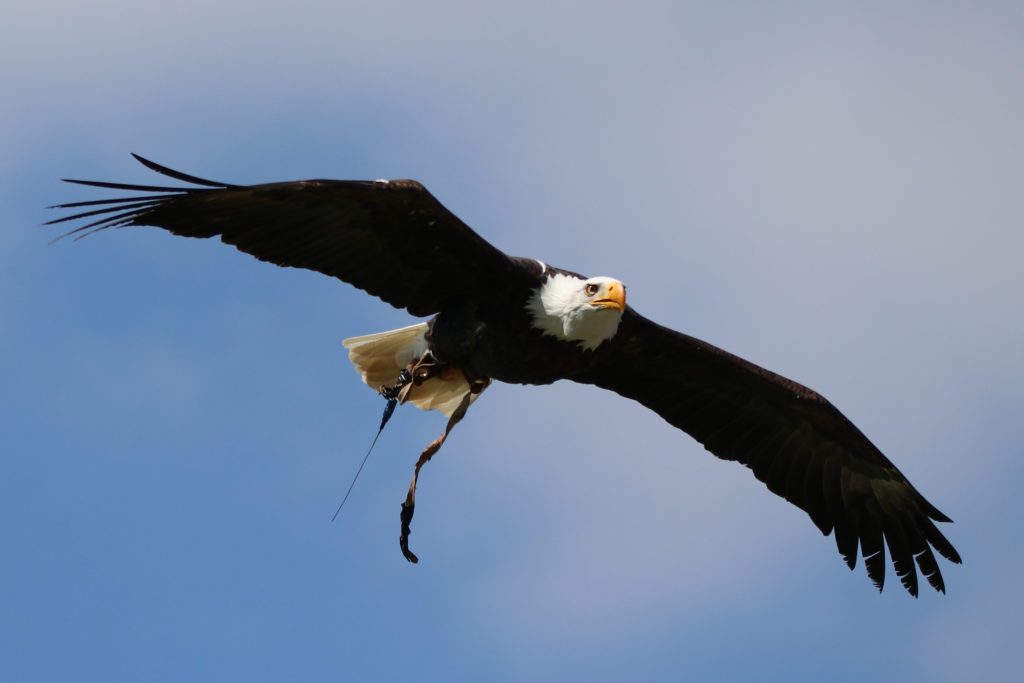
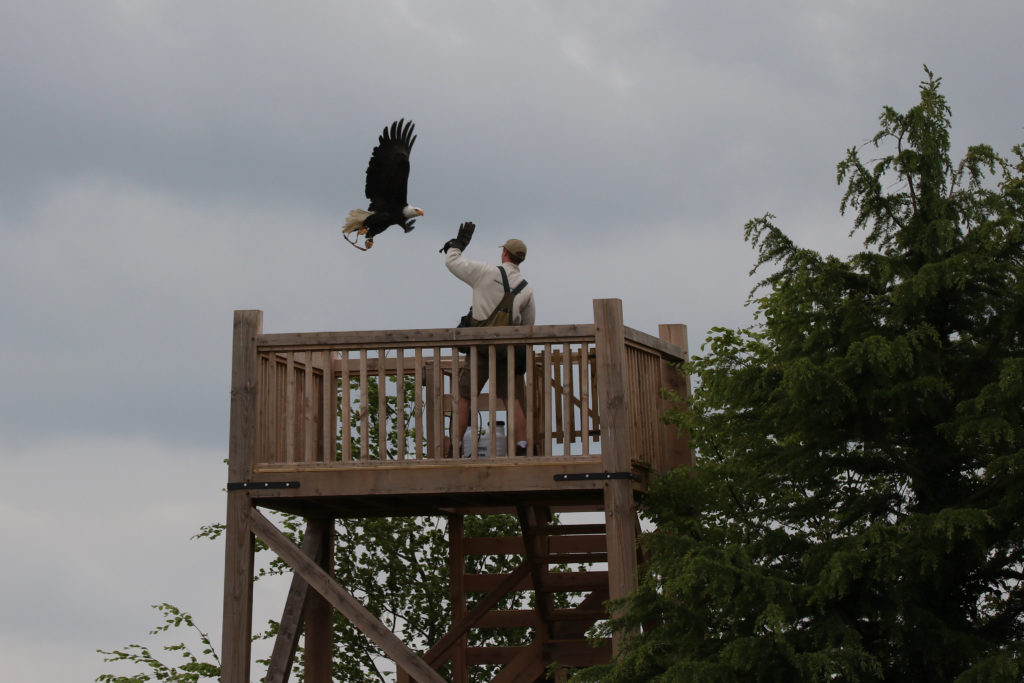
‘Which birds had a story as yet untold in our displays and which would benefit most from having their moment in the limelight – both on an individual and species-level? I worked with Gary Benton (our Head of Living Collection) to decide who would take starring roles. The flight of the Bald Eagle over Reg’s Wildflower Meadow is so glorious we couldn’t imagine a 2pm display without it – and so Sam, one of the adult male Bald Eagles at the Trust, would take to the wing in the show, using the two brand-new 8m towers as launch pads onto soaring above the wildflowers. New-comers were to include Flo, a funky Crested Caracara among others. Caracara’s are smart birds that can adapt to many different habitats. They like a challenge and, with Flo, we chose to show something we’ve never show before by focusing on two elements of their wild lives. Firstly, their foraging behaviour which is largely on-foot. Secondly, something totally unique to this species of Caracara and any of their close relatives – nest building.
‘If you’ve ever seen any of the 10 species of Caracara in action (either in-person or in videos) you might be struck by how different they are. They don’t seem to fit neatly into the family groups as other birds do. They’re not eagles, or hawks, they’re certainly not owls. They’re not vultures either although they are often found scavenging alongside them. So where do they fit in that tree of life? It might surprise you to know that they’re most closely related to the falcons – those high-velocity flyers, well known to be the fastest of all living things. Neither the other species of caracara nor the falcons they link closest to are nest builders – most take over old and abandoned corvid nests or make a scrape on cliff edges – but the Crested Caracara does build nests. Working with Katy Barnes, a Head of Section and member of the Bird Team, we worked together to demonstrate this behaviour. It is important that birds in our care are offered stimulating activities that emulate similar challenges they would face in the wild. Ordinarily, nest building would be seen in the breeding season, stimulated by a subtle change in hormones at the right time of year. We worked with Flo to simulate nest building behaviour by encouraging her each time she brought something back to the artificial nest (built by Katy). To Flo, this was a enriching experience which earned her big food rewards – win win! This quirky demonstration of behaviour highlights something about the species that might get missed – and Flo’s routine is still in development as Katy has more challenges for her.
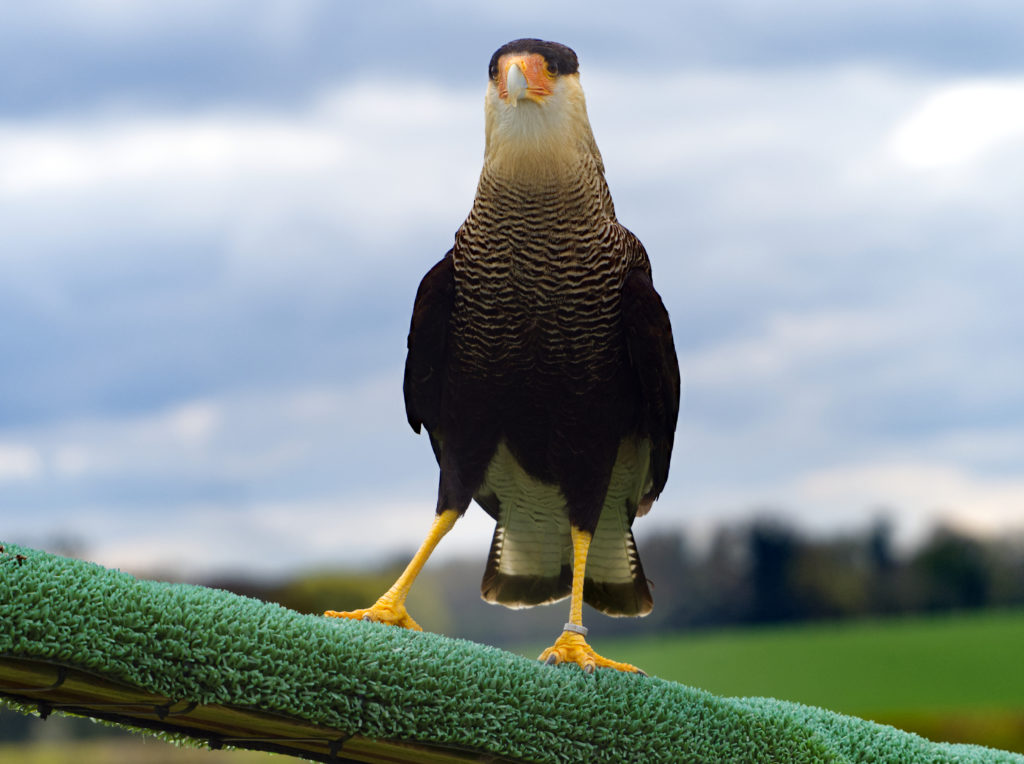
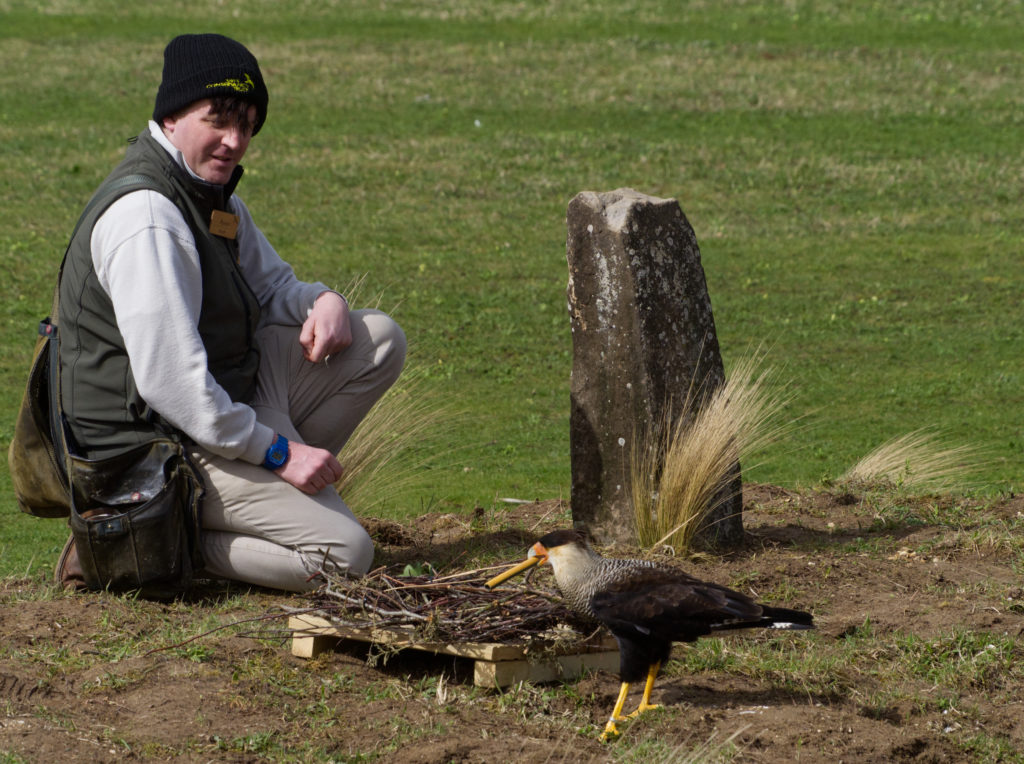
‘We begin at 2pm each day with a few moments of pure exhilaration by placing our audience right in the centre of a high-speed aerial pursuit as either Nutmeg or Chaucer (Lanner Falcons) speed towards two lures – one in front of the audience, the other behind. These lures, each swung with skill and precision by members of our Bird Team, represent the moving prey the species chooses to chase in the wild (usually other birds). The falcon powers high above the crowd before folding back their wings into a stoop. In this moment the audience are given the same perspective as the prey as the falcon hurtles towards them. Within two minutes it’s all over as the avian sprinter regains their breath and tucks into a well-deserved meal. Whilst savouring the thrill of watching such an impressive species in action, it’s important to note that these birds are not without threats in the wild. We now know that the Lanner Falcon is a species threatened by climate change as it impacts the weather and, by extension, the success of this falcon’s breeding season. Without this moment in the display – who would hear of the Lanner Falcon under the shadow of their more famous cousin, the Peregrine Falcon, and know about their less-than-favourable status in the wild?
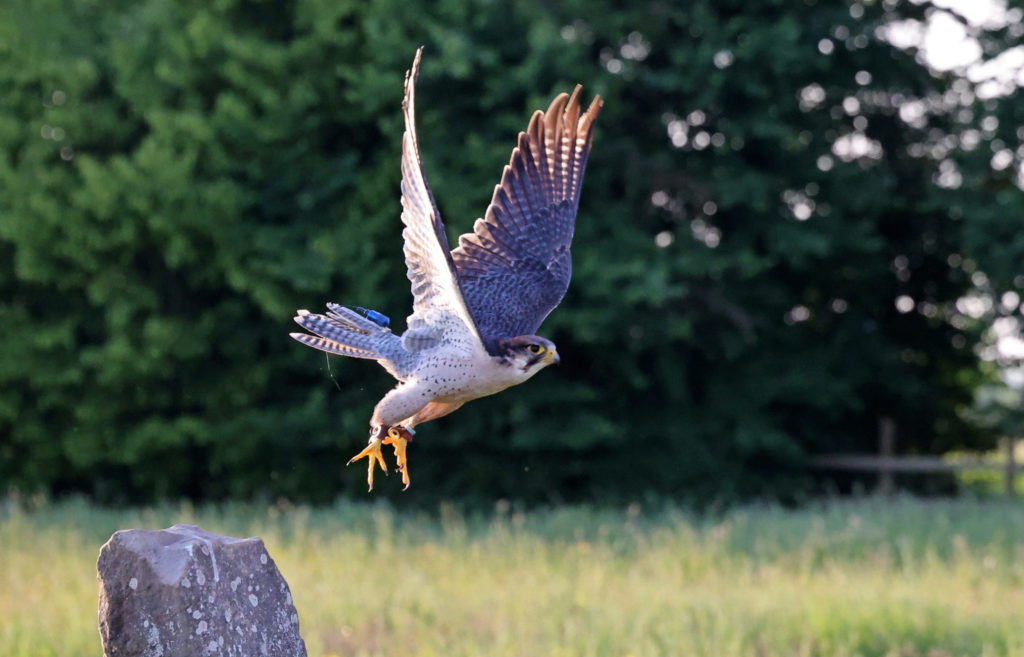
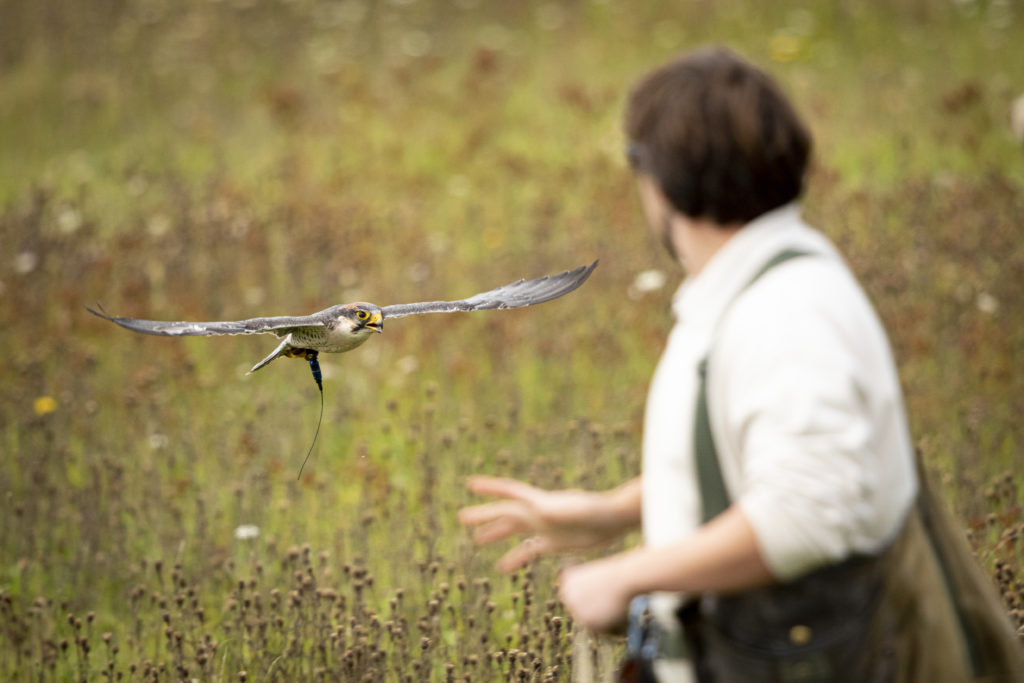
‘The finale to the show focuses on the most threatened group of birds in the world – the vultures. Our work with Egyptian Vultures in Asia is highlighted by the spectacular Boe, who’s been flying at the Trust since 2016. Daily, almost without fail, Boe heads out into the valley or over the trees in order to search for natural lift which invariably assists her to great heights – often hundreds and occasionally thousands of feet in the sky! From her birds eye view, she watches as multiple species join her on the wing – White-backed Vulture, White-headed Vulture, Hooded Vulture, Black Kite and White Stork are all represented in this final part of the show as we display more birds than we’ve ever included in our shows before. Our finale is a spectacle of around 20 birds all together in one sky.
‘If you haven’t get managed to get along to see the Masters of the Sky yet I hope that I might have persuaded you to do so soon. Our displays are the closest we can get to transporting our visitors to the habitats of the birds to see them flying in the wild and I think we get pretty close! My hope is that by offering such an opportunity we can inspire all who visit to support us in our mission to save some of the world’s most impressive birds of prey from the various threats they face. A mission that is becoming ever more essential and is our privilege to undertake.’
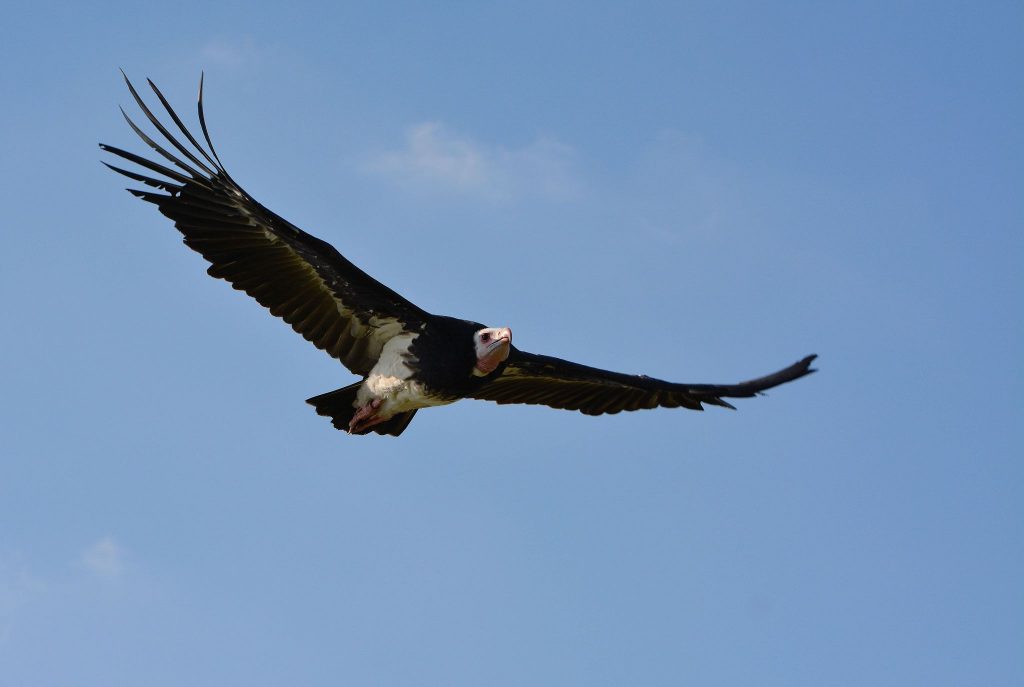
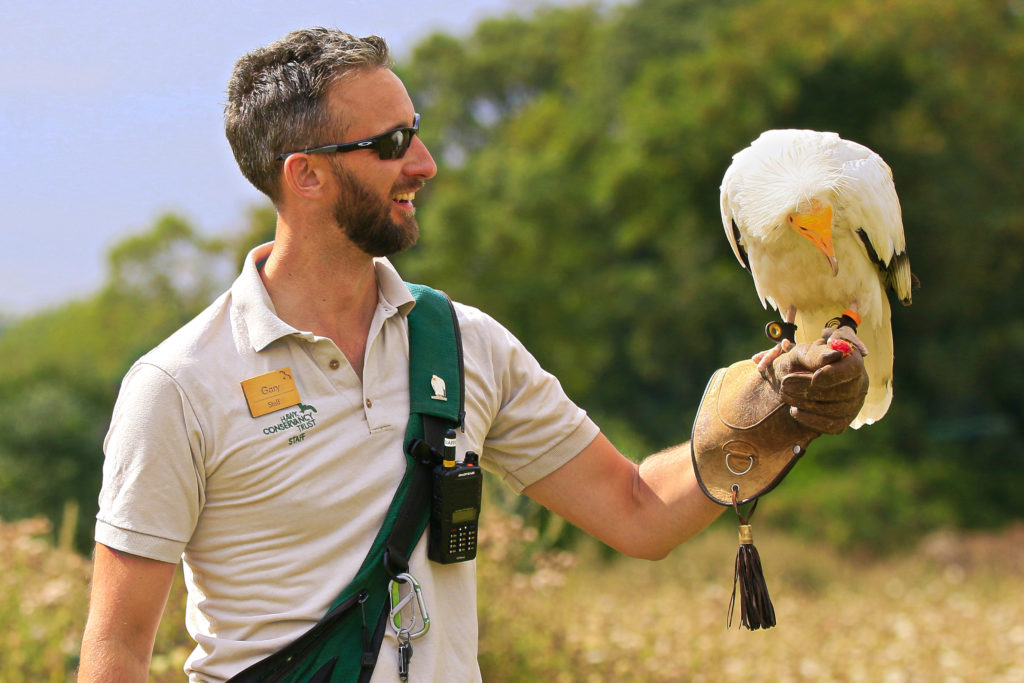
Towers built with funding from the Loddon and Test LEADER Programme and European Agricultural Fund for Rural Development.